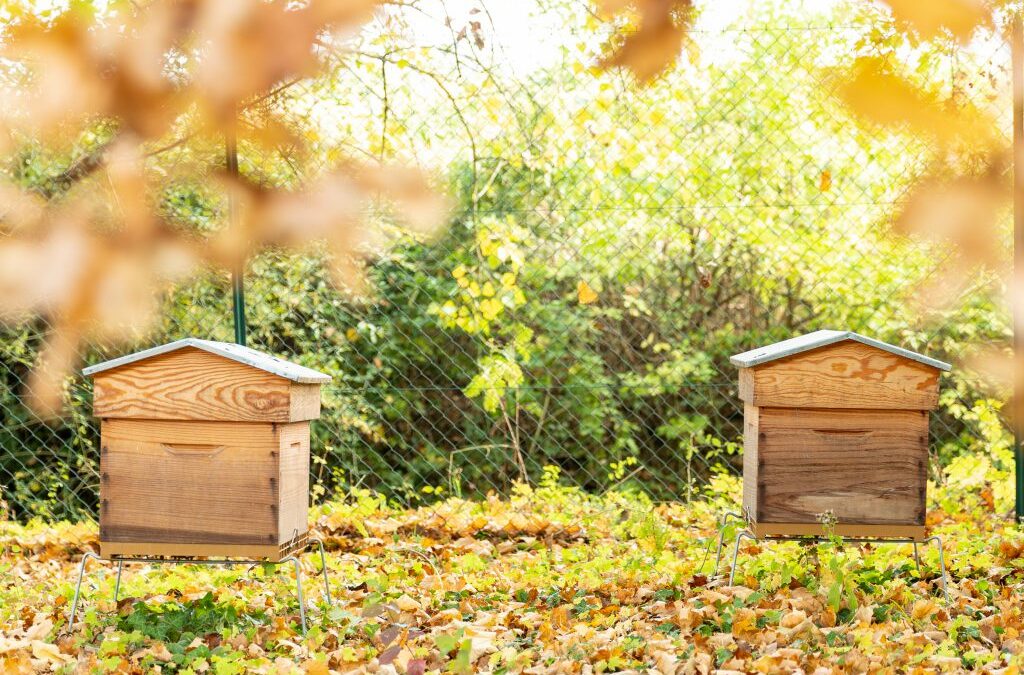In November, beekeepers in Northern California should focus on preparing their beehives for the winter season. Here are some important tasks to consider:
- Insulate the hive: Ensure that the beehive has adequate insulation to protect the bees from the cold temperatures. This can be done by adding insulation material or using hive wraps.
- Provide adequate food: Check the hive’s food stores and make sure the bees have enough honey to sustain them through the winter. If necessary, provide supplemental feeding with winter bee feed or fondant.
- Control pests: Monitor for pests such as Varroa mites and other parasites that can weaken the hive. Treat the hive if necessary to prevent infestations during the winter months.
- Reduce the entrance: Reduce the size of the hive entrance to prevent cold drafts from entering the hive while still allowing for proper ventilation.
- Check for diseases: Conduct a thorough inspection of the hive to check for any signs of diseases or infections. Address any issues promptly to ensure the health of the colony.
- Maintain ventilation: Ensure that the hive has adequate ventilation to prevent moisture buildup, which can lead to mold and other issues. However, make sure the hive remains protected from strong drafts.
- Protect from elements: Shield the hive from harsh winds and rainfall by placing it in a sheltered location or using windbreaks.
- Plan for spring: Use this time to plan for the upcoming spring season, including ordering necessary supplies and equipment, and preparing for any necessary hive expansions or splits.
By taking these steps, you can help ensure that your beehive and colony are well-prepared to survive the winter and emerge strong and healthy for the following beekeeping season.

